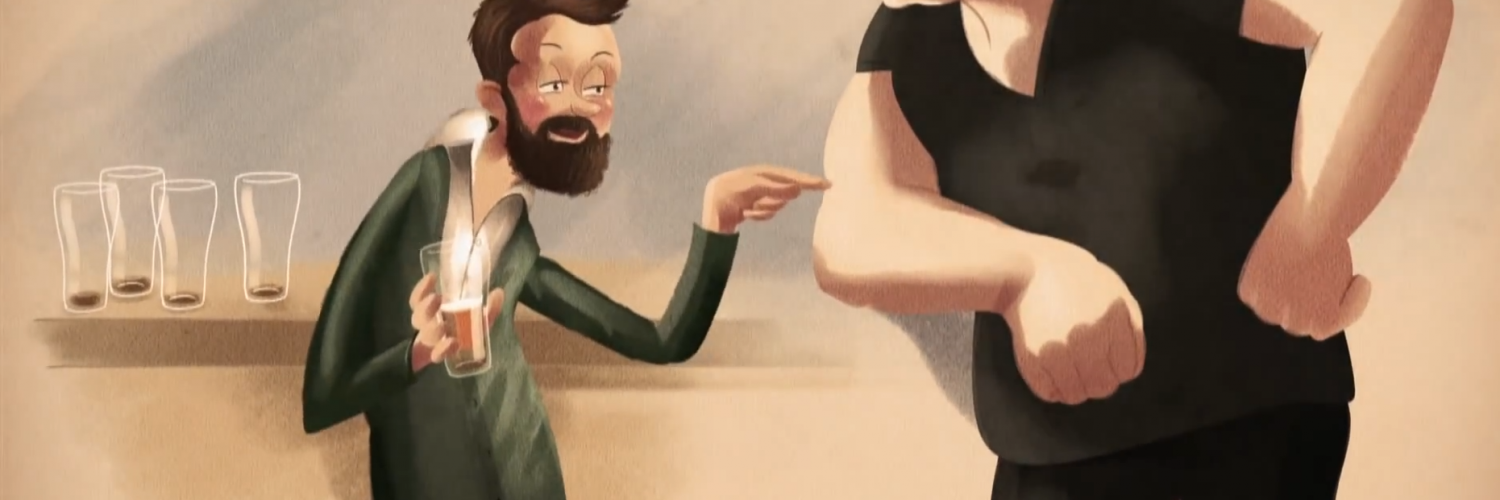Alcohol-related violence has always been enticing to media and every so often the issue flares up again and lively public debate ensues.
But recent reports have been a little different. The conversation has cast away from the individual and faults with the system and has steered toward reflecting on the place of alcohol in our society generally.
High profile commentators are asking: what’s wrong with our culture when strangers are killing innocent people on the street? Which in turn raises the issue of why our society continually excuses – and arguably breeds – drunkenness and poor behaviour.
To begin to answer these questions, we need to zoom out from the individual perspective and start to unpack why many of us feel socially obliged to drink in all manner of situations, from baby showers to footy matches.
VicHealth and the State Government are already talking about culture with a new campaign, Name That Point, which invites the public to join in.
We know that culture change needs to occur in tandem with important policy changes, the role of the criminal justice and policing systems and increased individual responsibility, to effectively minimise alcohol-related harm.
But with alcohol so deeply entrenched in every facet of our lives, where should we start?
Our summer campaign, Name that Point, was launched in December with the express purpose of starting these conversations and exploring young Victorians attitudes about the way we are drinking. It is effectively an opportunity for Victorian young people share their experiences with alcohol in a non-judgemental way, with a cash prize incentive.
The idea is to define that moment of the social gathering when a person could either carry on drinking and become intoxicated, or pull up stumps and wake up fresh the next day.
This is known as ‘the point’, but VicHealth is of the opinion the name needs to be something a little more audacious.
The winning weekly entries for the first seven weeks include:
- The “Hankering Point”: that point where originally you had only planned on having a couple of quiets, but as things start to get all warm on the inside you have a ‘hankering’ to see where the night will take you, which is often not anywhere good past midnight!
- The “Pint of no return”: the drink that sees you relinquish control of your night to alcohol.
- The “Changening” point: The changening is a strange metamorphosis that occurs shortly after the perfect pint, about half way through the one too many’th. It hits hard and it hits fast, transforming its host into an almost unrecognisable shadow of their normal self.
- The “Regretsville” Point: all actions done after this point can only lead directly to a place called Regretsville, populated by people who wished they had refused that last drink, taken a cab, not gone home with “that” person, not hit send, not driven, not struck that guy, had said no instead of yes.
- The “Beer pressure” point: when your mates use “beer pressure” to make you get your wallet out and pop a middy.
- The “Shady chandy” point: When the chandys turn you a bit shady and you don’t have full control of your actions.
- The “Am-beer-guous” point: A point shrouded by ambiguity – is it trustworthy tipsiness or ill-fated inebriation? It’s all about as clear as the brown ale you’ve just ordered.
- The ‘Cheers to Tears’ point: The point in the night when too many cheers could end up in tears.
To date, the Name that Point website has had more than 28,000 unique visitors, around 600 a day, with almost 12,000 return visitors – indicating people are interested in keeping up with the discussion. Almost 87,000 people have viewed the campaign videos on YouTube.
As part of the campaign, we are gathering comments from visitors to the site.
The questions posed are designed to be conversation starters.
For example, during the past week of the campaign, we asked how alcohol intoxication ‘past that point’ affects memory. Two-thirds of visitors to Name that Point (66%) said they ‘remember everything’, and the remainder chose – ‘ahhh I remember nothing’.
This is a frighteningly high number of young people who say they suffer from blackouts and gives us good anecdotal insight into their drinking experiences.
Most respondents (71%) said they have regretted things they’ve said or done on a night out.
Similarly, people were asked how they felt after a night out drinking. The most common response was ‘hung over’ (38%), closely followed by ‘tired’ (33%). Amongst the remaining third, 16 per cent said they feel ‘okay’, and curiously, 14 per cent said ‘like a champion’.
These responses are valuable and will go some way towards helping public health agencies to understand both the cultural influences that drive excessive alcohol-use, as well as young Victorians’ perceptions of Australia’s drinking culture. VicHealth is collecting this data, along with a qualitative survey of Victorians’ attitudes to alcohol, to inform phase two of the campaign, which will begin later this year.
Visit the Name that Point campaign at www.namethatpoint.com.au
Find out more about how the campaign came about in the follow-up article The nuts and bolts of creating a culture change campaign on Drink Tank.








Add comment